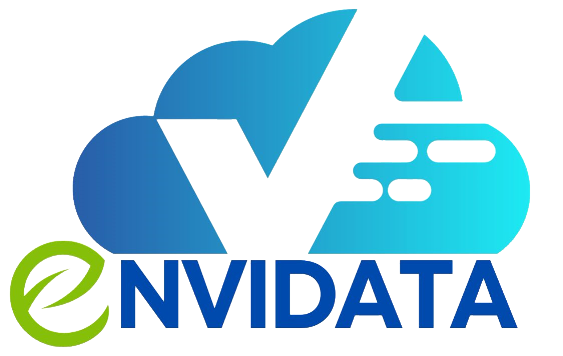
Envidata Delivers Greenhouse Gases and the Economic Value of Carbon in Training Session for PT Pura Barutama
EnvidataID, Semarang – Currently, PT Envidata Inovasi Indonesia (EnvidataID) and PT Pura Barutama are collaborating in the verification process of calculating greenhouse gas (GHG) emissions in the paper industry. This collaboration is specifically focused on production activities at Paper Mill Units 5, 6, and 9 (PM 569), which are part of PT Pura Barutama and act as one of the main units in paper production.
PM 569 Unit produces various types of paper, including Kraft paper, BC paper, HVS, and various other types of paper made from recycled waste paper. Through this collaboration, both companies strive to ensure that the calculation of GHG emissions in the paper production process is carried out accurately and in accordance with applicable standards, in order to support efforts to reduce environmental impacts and increase the efficiency and sustainability of the paper industry in Indonesia.
In order to support the GHG verification process, EnvidataID together with the PM 569 Unit held online training that focused on emission identification, presentation of the GHG verification activity methodology, and emission calculations in the PM 569 unit.
This training was held on Friday, March 21, 2025, with the participation of 13 participants consisting of related teams in the verification process. Through this activity, participants gain a deeper understanding of the emission calculation method and GHG verification steps in accordance with applicable standards, in order to support sustainability and efficiency in the paper industry.
Basically, this cooperation has properly fulfilled the global commitment on emission reduction. The global commitments in question include:
- Kyoto Protocol (1992) = an international agreement that expands on the 1992 UN Framework Convention on Climate Change, by requiring states parties to reduce greenhouse gas emissions.
- Paris Agreement (2020) = This agreement aims to respond to the threat of global climate change by keeping the global temperature increase this century well below 2 degrees Celsius compared to pre-industrial levels and seeking to limit the temperature increase to 1.5 degrees Celsius.
- Glasgow Climate Pact (2021) = This agreement was the first to explicitly plan to reduce coal use without carbon capture technology. However, the commitment to “phase out” coal was changed to “reduce” in the final stages of negotiations, mainly to accommodate countries that are heavily dependent on coal such as India and China.
GHG identification and carbon economic value training is essential for paper industry companies for several key reasons:
1. Reducing Environmental Impact
The paper industry is a significant contributor to carbon emissions, especially from production processes involving the combustion of fossil fuels, the use of large amounts of electricity, and emissions from organic waste. With this training, companies can understand the sources of their GHG emissions and take steps to reduce them.
2. Compliance with Regulations
Many countries and international organizations have set strict regulations regarding GHG emissions. Training helps companies meet environmental standards such as ISO 14064 (the international standard for measuring and reporting GHG) and national policies related to carbon taxes or carbon trading.
3. Operational Efficiency and Cost Savings
By identifying emission sources and understanding the economic value of carbon, companies can optimize production processes to reduce energy and raw material consumption. This not only reduces emissions but also lowers production costs in the long run.
4. Opportunities in the Carbon Market
The training helps companies understand the mechanics of carbon trading, where they can sell carbon credits if they successfully reduce their emissions below a specified limit. This creates new revenue opportunities and increases the company’s competitiveness.
5. Increase Customer Reputation and Trust
Many consumers and investors are increasingly concerned about sustainable business practices. Companies that demonstrate a commitment to reducing carbon emissions can improve their brand image, attract more customers, and gain greater access to global markets that require stringent environmental standards.
6. Mitigating Climate Change Risks
Climate change can have negative impacts on the paper industry, such as changes in raw material availability (wood), rising energy prices, and potential natural disasters that disrupt supply chains. This training helps companies understand these risks and design better adaptation strategies.
Source: envidata.id | Wikipedia.com

